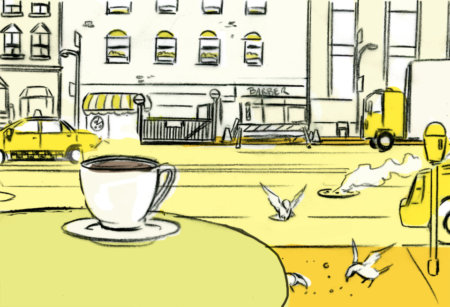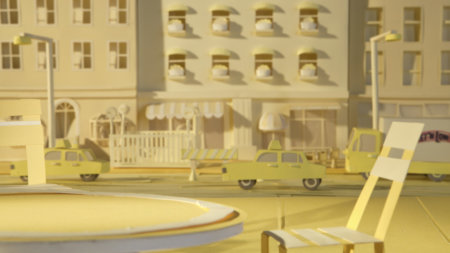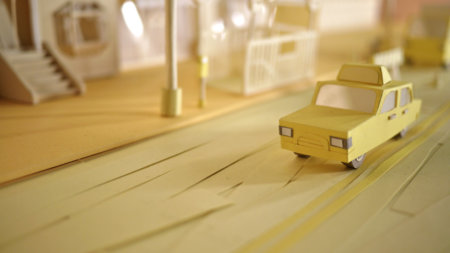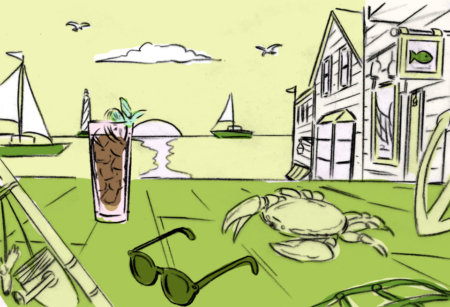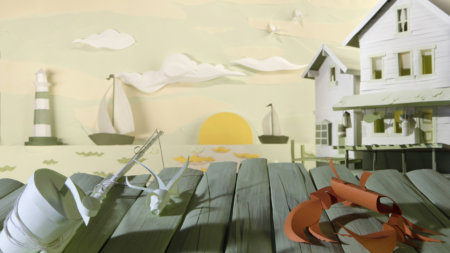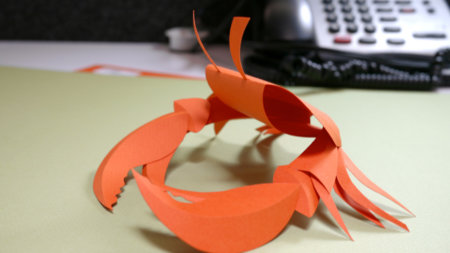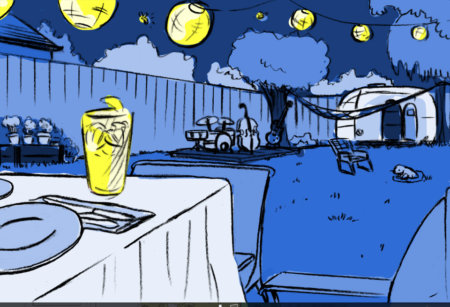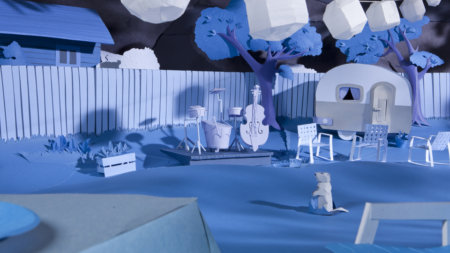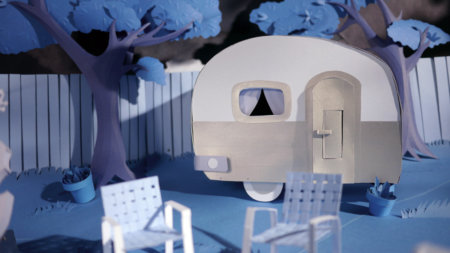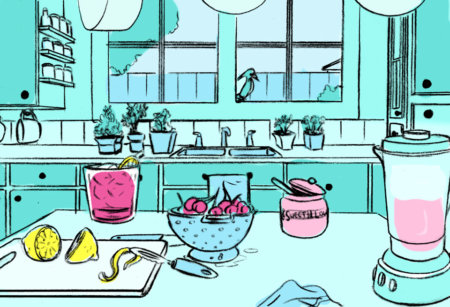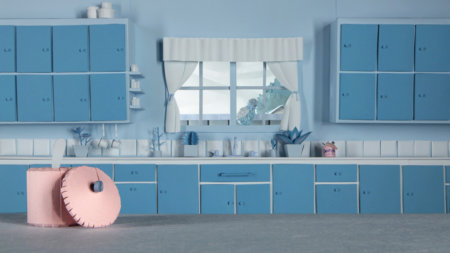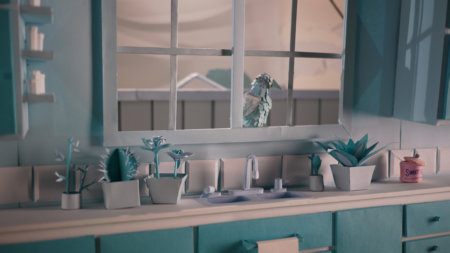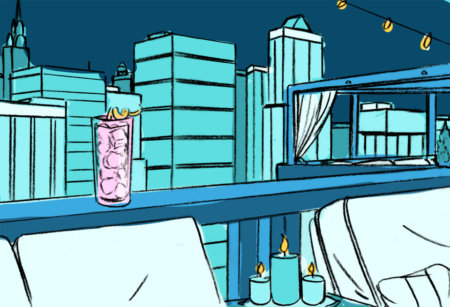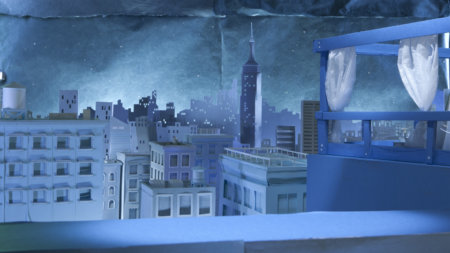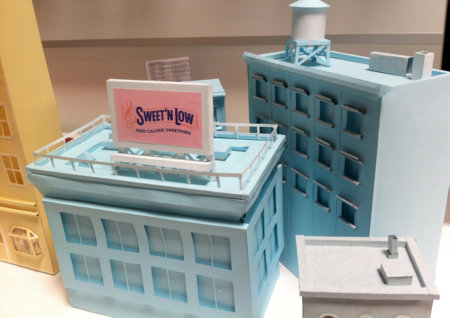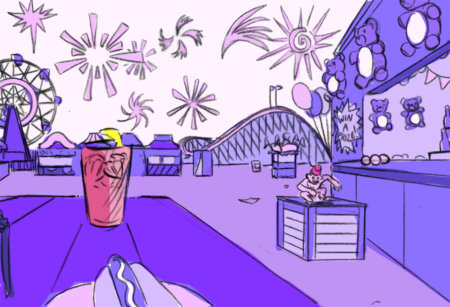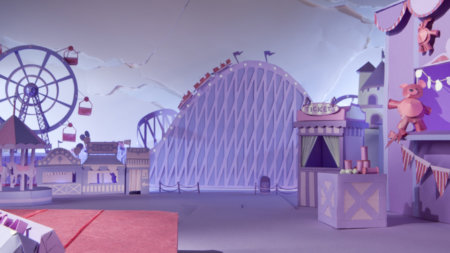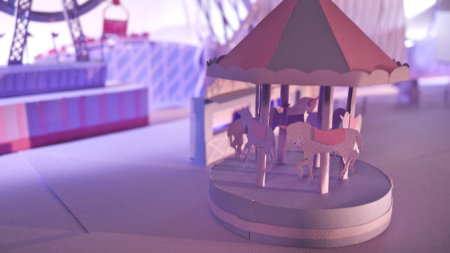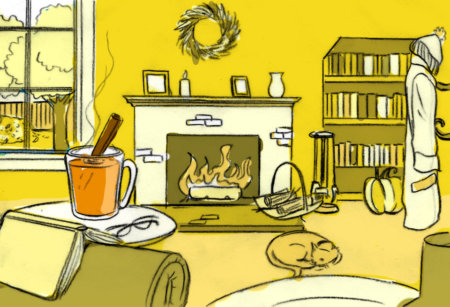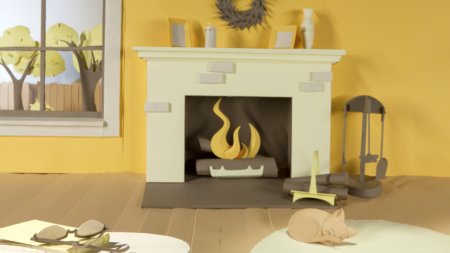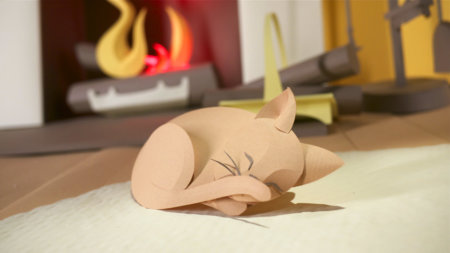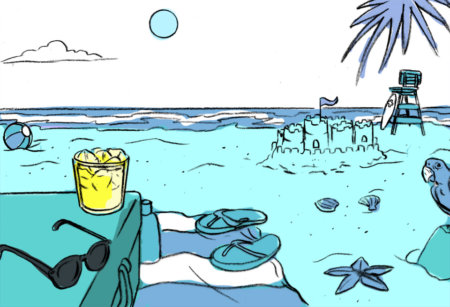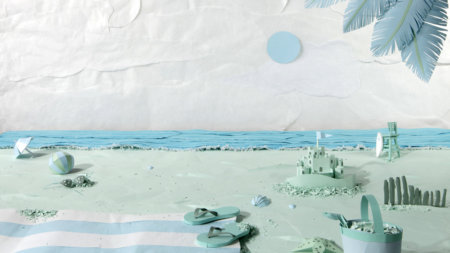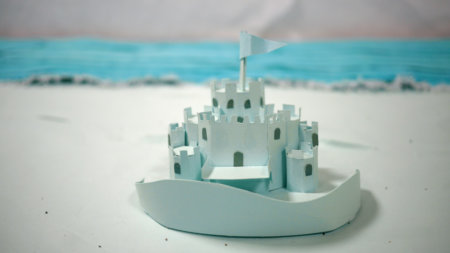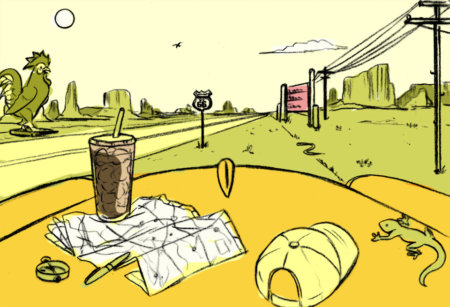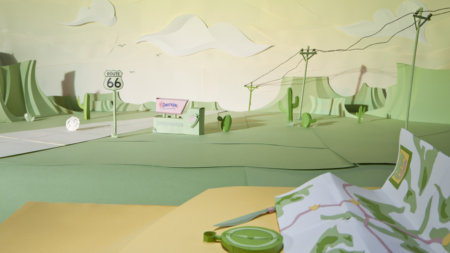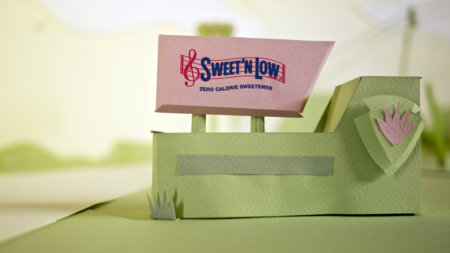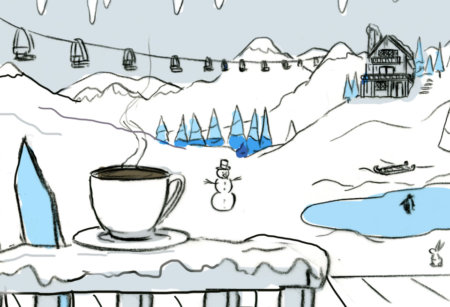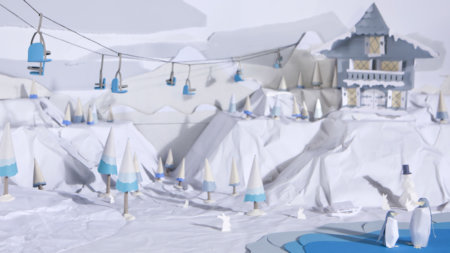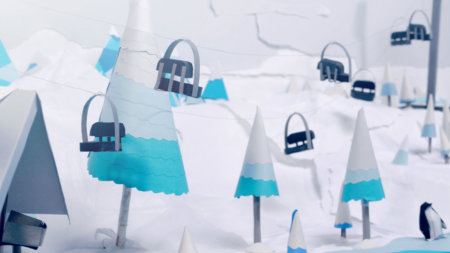Partnering with agency Ammirati, we built 11 mini-worlds, all out of paper, for a complete refresh of Sweet ‘N Low branding materials. The photos we took of the sets are used for the Sweet ‘N Low website, web banner ads, magazine print ads and for our 15 second animated spot.
After our initial brief from the agency, our team got together to discuss how to approach the design and production. With Blind being a diverse studio, we aren’t locked into any one way of doing things. We have a broad range of skills, and are free to find the most appropriate techniques and methodologies for each individual project we tackle.
We fairly quickly decided that since the end goal of this project was to create scenes that appeared to be made from real paper, that we would go ahead and make actual, real-life models and environments out of actual paper. We felt that was paramount to anchoring the work in reality. We brought in an expert papercraft model maker and assembled a team of close to 15 people to cut, tear, glue, paste, tape and otherwise manipulate hundreds of sheets of paper into a wide range of interesting environments.
From that starting point, we were then able to determine how best to handle the various elements we needed for the complete, wide range of deliverables. For the print ads and web elements, we set up the mini-dioramas on our stage, meticulously lit each one, and shot still photos of each.
For the animated spot, the process started the same way: by building the complete environments and elements out of paper. We then shot various parts of these sets to be used in a variety of ways. Some of the photos are used directly as camera projected textures onto basic 3d geometry within our 3d animation software.
Secondly, having the paper models and props for reference when modeling in 3d is something pretty unique to our process. Normally in 3d animation, we would model elements from concept sketches, design boards, reference photos, etc…. but rarely would we have the entire model and environment already exist in real life. Because of this accessibility, the 3d models and the paper models are virtually identical.
Also, using the actual paper models, we were able to shoot a number of stop motion tests, to use as reference for the animation sequence. When lighting the 3d scenes, we used the photos of the real sets to match the cg lighting to the real life lighting and by using the real paper as textures, we were able to get as close to a hand crafted look as possible.
This approach enabled us to capture all of the “happy accidents” that building real life paper models affords, while gaining the added flexibility and control that comes from computer animation. In the end, all of the techniques blend together and the viewer will see a magical and seamless world made from paper.
